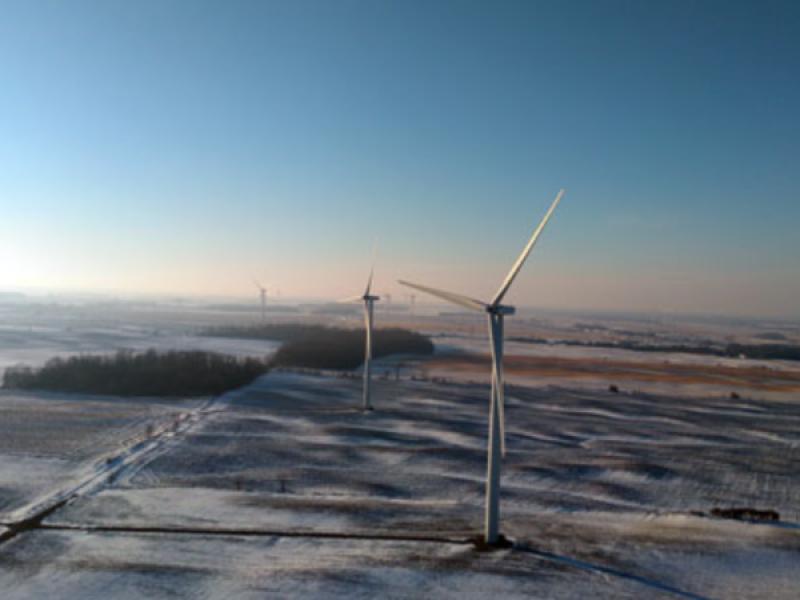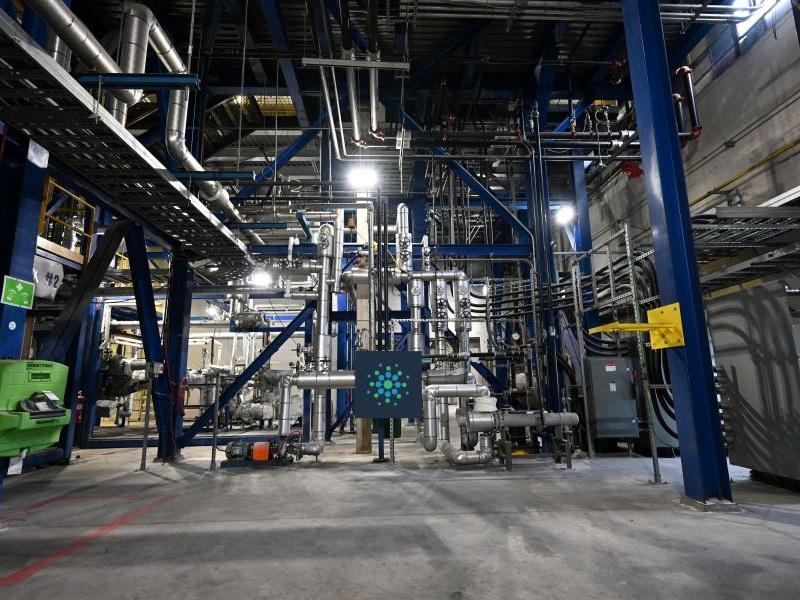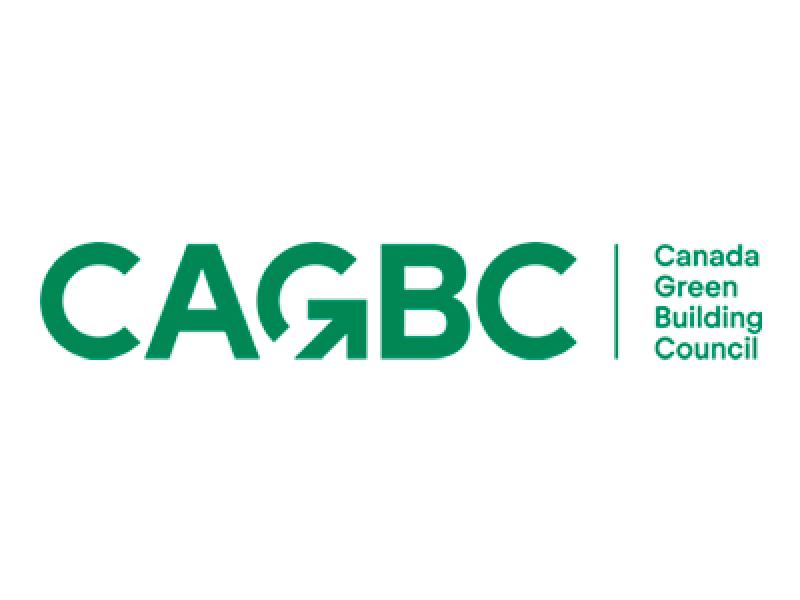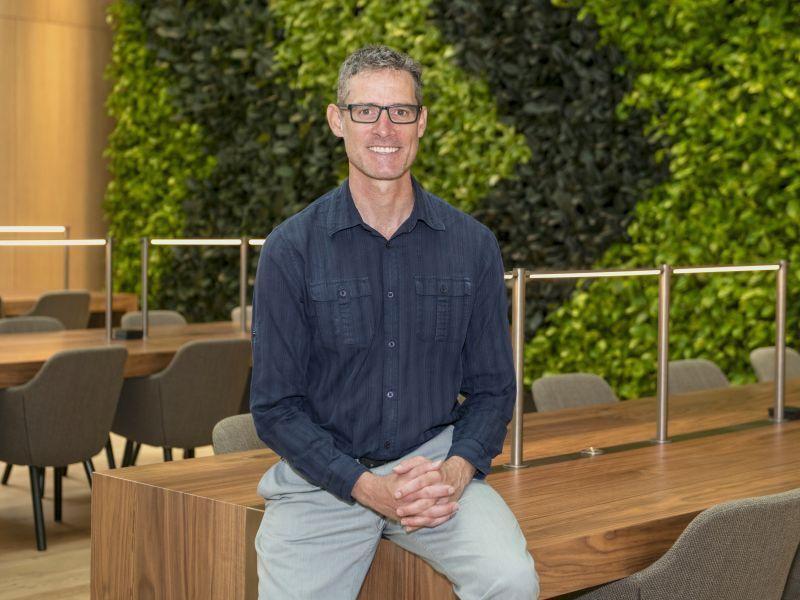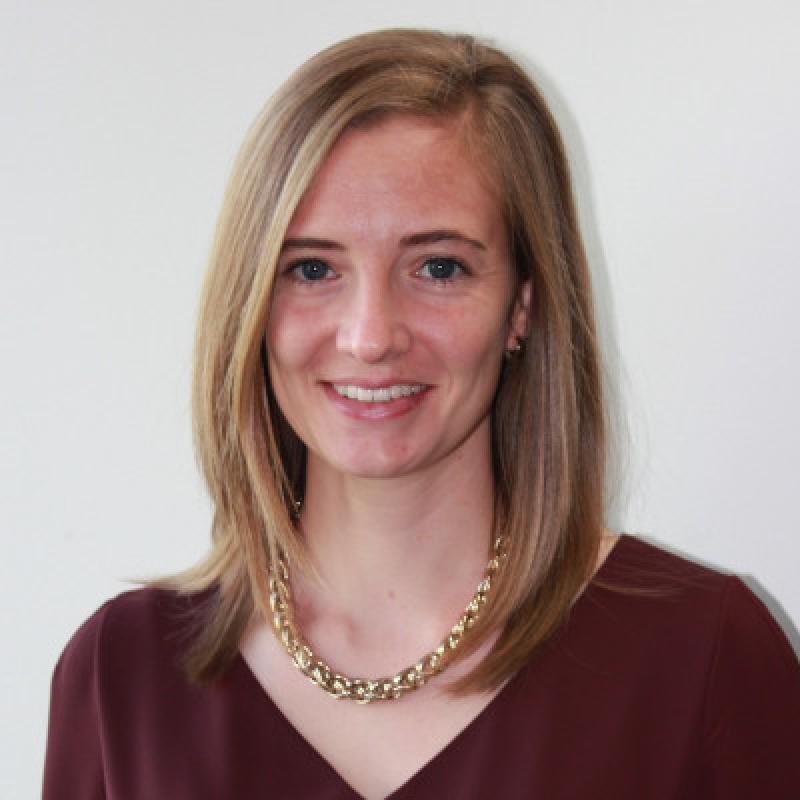
A growing number of developers are actively using sustainable certifications to reach and maintain standards for excellence in development and building health. These certifications target a wide range of activities, from sustainability and environmental impact to residents' health and well-being.
Not only do these certifications generate intrinsic benefits (meeting a third-party sustainable verification system is certainly something to celebrate), but they also allow developers to better align with consumer needs and generate competitive advantages.
When choosing certifications, developers need to consider the area that they’re building in, their own developmental practices and values, and the standards that are important to consumers.
In 2022, Angus Reid found that Canadians are united in their sentiment that accessibility (96 per cent), aesthetic beauty (92 per cent), and sustainability (90 per cent) should all be prioritized when developers are building in communities.
From this finding, a developer may lean into a sustainability-focused certification like LEED, which considers the environmental impacts of a home, through healthy, highly efficient and cost-saving green practices, or BUILT GREEN, which pushes developers to implement holistic sustainable practices. Developers may also choose to steer in another direction, focusing on occupant well-being, pursuing building health for all through Fitwel certification.
By honing in on values, customer needs, design practices and the surrounding environment, developers can choose certifications that provide both internal and external benefits. At Adera Development, we’ve pursued such certifications as LEED, BUILT GREEN, and Fitwel certifications to improve both building and resident health.
Fitwel certification
Developed by an analysis of more than 5,600 academic research studies, Fitwel certification was created by the U.S. Centers for Disease Control (CDC) and Prevention and the U.S. General Services Administration.
While the CDC has remained as the research and evaluation partner, the Centre for Active Design now operates Fitwel and is tasked with promoting “building health for all.”
Having grown in popularity in residential and commercial applications for its focus on tenant satisfaction, human health and overall business reputation enhancement, Fitwel is now the lead certification targeted by Adera in all upcoming projects.
To gain Fitwel certification, a multi-family building must meet a certain point level from Fitwel’s evidence-based design and operational strategy scorecard items. Buildings are awarded between one to three stars for certification levels based on the number of points acquired from the Fitwel scorecard.
Points are allocated through Seven Health Impact Categories, from the building’s walkability and proximity to transit, to safe outdoor spaces with additional amenities, and improved air quality. Depending on the type of project being built, buildings are judged on a predetermined scorecard that looks at these seven categories, with higher points awarded based on “the strength of associated evidence and the demonstrated impact on occupant health.”
For Adera, it was important to pursue Fitwel certification because of the emphasis it places on occupants in residential buildings. Each of the Seven Health Impact Categories directly impacts residents to help improve their well-being, quality of life and accessibility. Adera aims to reach a one-star minimum on its Fitwel buildings, and it has used the Multi-Family Residential Scorecard in upcoming projects, including SoL in West Coquitlam and PURA in Surrey.
Adera has also tried to be flexible in how it reaches Fitwel certification to provide the best possible building to its residents.
Although it may not make sense to add vending machines into residential buildings to provide access to healthy food options, Adera receives points by focusing on other areas, like encouraging physical activity through stair use or expanding access to indoor and outdoor fitness areas.
LEED certification
For developers looking to hone in on sustainability, LEED (Leadership in Energy and Environmental Design) is the most popular sustainability building certification — an internationally recognized benchmark of excellence for green building practice.
In 2022, Canada ranked third on the annual list of the Top 10 Countries and Regions for LEED. Developers pursuing a LEED rating are able to demonstrate their commitment to environmental stewardship and social responsibility, while reducing environmental impacts
and improving occupant comfort.
The process of obtaining LEED certification is based on the number of points that are acquired through building strategies across several categories, including location and transportation, sustainable site development, water savings, energy efficiency, material selection and indoor environmental quality.
An in-depth review of these categories then determines how many points are awarded, which signifies the LEED level of the building. This process helps ensure a building is credited with the appropriate LEED certification, showing occupants how that building ranks on the sustainability scale.
At Adera, LEED was utilized in both residential and industrial buildings at Eastlake and The Shore.
Built Green Canada
Built Green Canada, a non-profit organization established in 2003, focuses on the residential building sector by helping developers build more durable, sustainable, and healthier homes.
Uniquely, their BUILT GREEN certification program goes beyond the component of energy efficiency by pushing developers to
incorporate more holistic sustainable practices, including “the preservation of natural resources, reduction of pollution, ventilation and air quality, and the improvement of home durability.”
In B.C., the BUILT GREEN certification label compares how a residential development ranks on the Energy Step Code across a variety of categories including water conservation, waste management, indoor air quality, ventilation, responsible building practices and more.
Developers are awarded a higher BUILT GREEN certification label depending on how high they rank on the Energy Step Code for each
category.
For example, Adera’s Green building was the first development to ever receive BUILT GREEN Gold certification in 2010, as we met a Step 3 on all applicable categories.
As developers are choosing which certifications to implement, focusing on the aspects that best suit a company’s values, customers, practices, and environment are the most important themes to consider.
For Adera, Fitwel became the obvious certification to pursue because it best aligns with our value of "Buildings for Better Lives" by focusing on improving the lives of occupants.
Whether developers choose to pursue Fitwel, LEED, BUILT GREEN, or any other sustainable certifications, the purpose should be to better the environment and the living and working spaces of future occupants.


